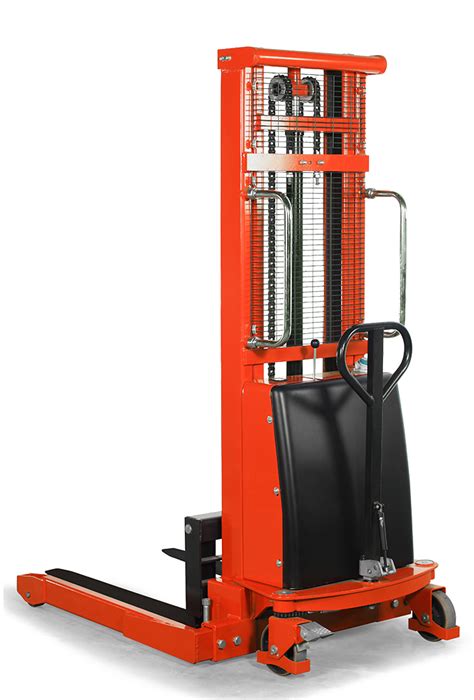How to break strength plateaus for peak muscle and power gains efficiently?

Hitting a strength plateau can be incredibly frustrating. You’re putting in the work, but your lifts aren’t improving, and your muscle gains seem to have stalled. This common hurdle in any fitness journey doesn’t mean you’ve reached your genetic limit; rather, it’s an indicator that your body has adapted to your current routine and needs a new stimulus to continue progressing. Breaking through these plateaus efficiently is key to unlocking peak muscle and power gains.

Understand the “Why” Behind Plateaus
Before you can break a plateau, it’s essential to understand why it might be happening. Common culprits include:
- Lack of Progressive Overload: The fundamental principle of strength training is to constantly challenge your muscles. If you’re not consistently increasing weight, reps, sets, or decreasing rest times, your muscles won’t have a reason to grow stronger.
- Overtraining/Under-recovering: Pushing too hard without adequate rest can lead to diminished performance, fatigue, and even injury. Your muscles grow and repair when you’re resting, not just when you’re training.
- Nutritional Deficiencies: Insufficient protein intake, inadequate calories, or lack of crucial micronutrients can severely hinder recovery and muscle growth.
- Poor Sleep: Sleep is when your body produces growth hormones and repairs muscle tissue. Chronic sleep deprivation will inevitably stall progress.
- Suboptimal Form: Using incorrect form can not only lead to injury but also prevent you from effectively targeting the intended muscles and lifting your true potential.
Strategic Training Adjustments
Once you’ve identified potential causes, you can implement targeted training strategies to bust through your plateau.
Vary Rep Ranges and Intensity
If you always lift in the 6-8 rep range, try switching to a periodized approach. Incorporate cycles of high volume (10-15 reps, moderate weight) for hypertrophy and endurance, followed by low volume (1-5 reps, heavy weight) for pure strength and power. This shocks your system and trains different muscle fiber types.
Introduce Deload Weeks
A deload week involves significantly reducing your training volume and/or intensity (e.g., 50-60% of your usual weight/reps) for a week every 4-8 weeks. This allows your central nervous system and muscles to fully recover, often leading to a surge in strength when you return to your regular intensity.

Incorporate Accessory Lifts and Variations
Often, a plateau in a main lift (like a squat or bench press) is due to a weak link in the kinetic chain. Add accessory exercises that target these weaknesses. For example, if your bench press is stuck, focus on tricep extensions, dumbbell presses, or close-grip bench press. Also, try different variations of your main lifts (e.g., pause squats, deficit deadlifts, incline bench press) to challenge your muscles in new ways.
Advanced Training Techniques
Slightly more advanced techniques can provide an extra push. Consider incorporating drop sets, supersets, rest-pause sets, or forced reps (with a spotter) into your routine, but use them sparingly to avoid overtraining.
Optimize Nutrition and Recovery
Your effort in the gym is only half the battle. What you do outside of it is equally important.
Fuel Your Body Adequately
Ensure you are consuming enough calories to support muscle growth and recovery. A slight caloric surplus is often necessary when aiming for strength and muscle gains. Prioritize high-quality protein (1.6-2.2g per kg of body weight), complex carbohydrates for energy, and healthy fats for hormone production.

Prioritize Sleep and Hydration
Aim for 7-9 hours of quality sleep per night. It’s non-negotiable for recovery and performance. Likewise, stay well-hydrated throughout the day, as even mild dehydration can impair strength and focus.
Manage Stress
Chronic stress elevates cortisol levels, which can hinder muscle growth and recovery. Incorporate stress-reduction techniques like meditation, yoga, or spending time in nature.
Master Your Form and Mindset
Perfect Your Form
Record yourself lifting and review your technique. Often, a subtle adjustment in form can unlock significant strength gains and prevent injury. Consider working with a qualified coach to fine-tune your movement patterns.

Stay Consistent and Patient
Breaking plateaus isn’t an overnight process. Consistency with your training, nutrition, and recovery is paramount. Be patient, trust the process, and understand that progress isn’t always linear. Celebrate small victories and learn from setbacks.
Set New Goals
Sometimes a plateau is a sign you need a new challenge or focus. Setting a new, specific, measurable, achievable, relevant, and time-bound (SMART) goal can re-ignite your motivation and provide a clear direction for your training.

Conclusion
Strength plateaus are a normal part of the fitness journey, but they are not insurmountable. By strategically adjusting your training variables, optimizing your nutrition and recovery, and maintaining a disciplined mindset, you can efficiently break through these barriers. Remember, the key is to constantly provide your body with a new stimulus, allowing it to adapt, grow, and ultimately reach new peaks of muscle and power.





